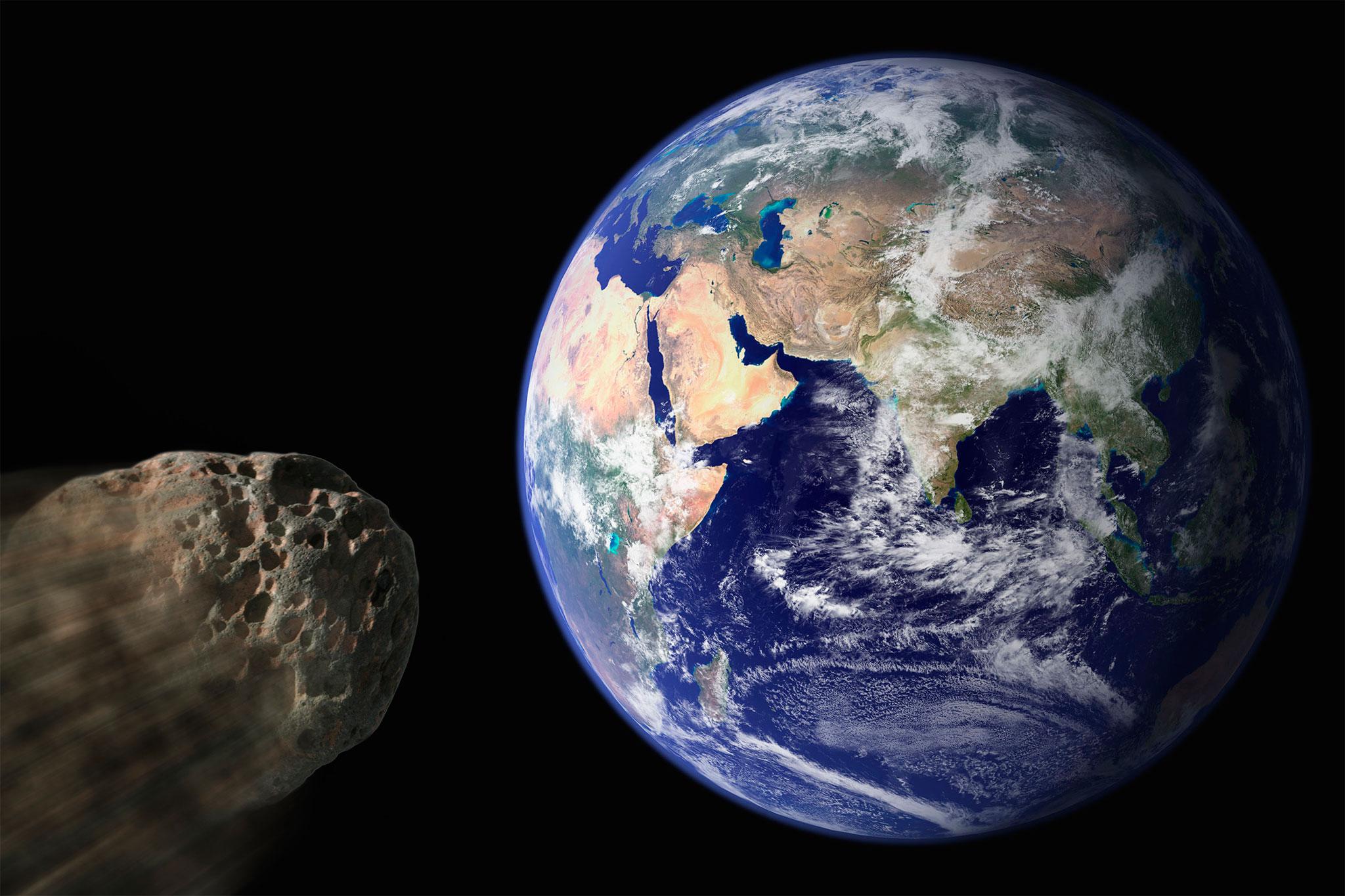Halloween asteroid discovered days before it hurtles towards Earth will have a ‘close pass’ with us, European Space Agency confirms
Almost nothing is known about the asteroid, which was only discovered a couple of weeks ago and will skim past faster than usual

The European Space Agency has said that an asteroid discovered only a couple of weeks ago will have a “close pass” with Earth on Halloween — but will ultimately sail safely past.
Scientists say that the relatively recent discovery of the rock is a reminder that scientists need to be on the lookout for space rocks that are travelling near Earth.
The asteroid will miss Earth by only 480,000-kilometres. While that’s further away from us than the moon is, it is nonetheless a “close pass on a cosmic scale”, according to the experts.
The European Space Agency (ESA) said that there was “no chance” that the rock would hit Earth, or that it would do so in the next 100 years. As such, it isn’t being put in the ESA’s official near-earth object “risk list”, which contains 524 objects.
The asteroid was only spotted on 10 October, from Hawaii. The European Space Agency confirmed it the next day.
“The fact that such a large near-Earth object (NEO), capable of doing significant damage if it were to strike our planet, was discovered only 21 days before closest approach demonstrates the necessity for keeping daily watch of the night sky,” said Detlef Koschny, in ESA’s Space Situational Awareness office, in a statement.
Scientists know almost nothing about the physical characteristics of the asteroid.
“The diameter of about 400 m has a large uncertainty, as is usual in the case of any object for which we do not yet know details, such as its composition,” says Marco Micheli, an astronomer working at ESA’s NEO Coordination Centre in Italy.
“More accurate information on the size will likely become available once the object is observed by radar, which is expected to occur between now and early November via NASA’s Goldstone tracking stations and the Green Bank telescope.”
Subscribe to Independent Premium to bookmark this article
Want to bookmark your favourite articles and stories to read or reference later? Start your Independent Premium subscription today.

Join our commenting forum
Join thought-provoking conversations, follow other Independent readers and see their replies